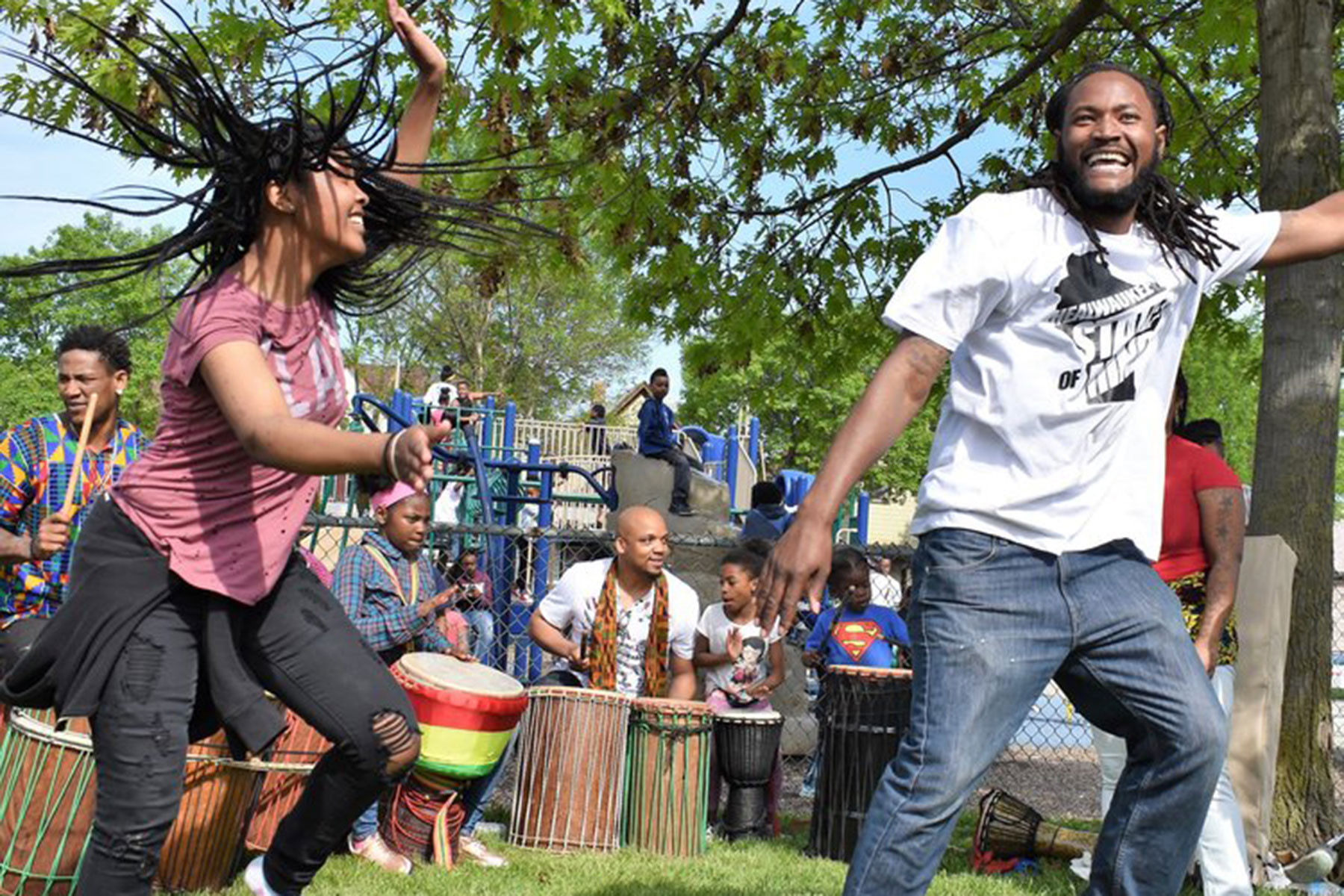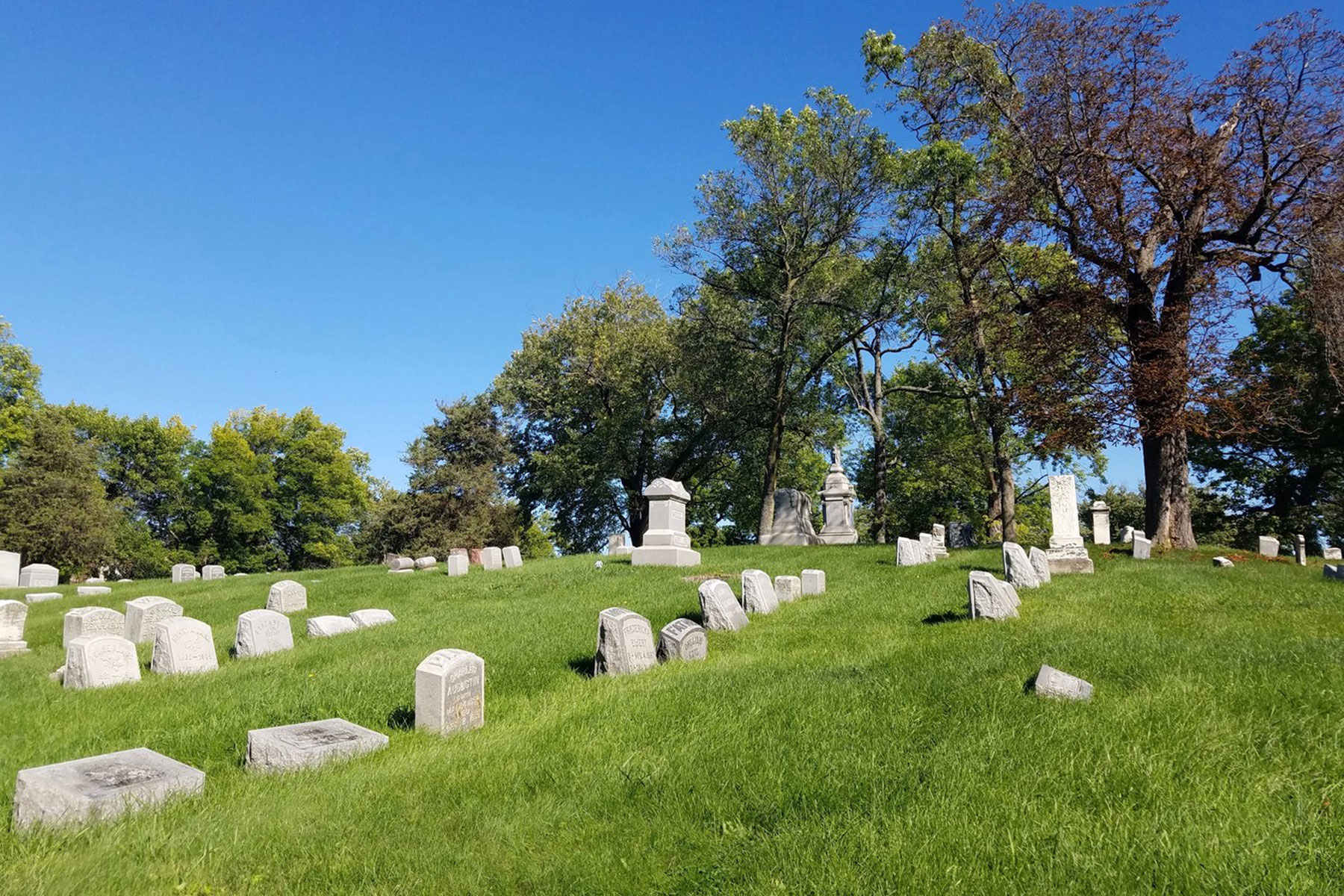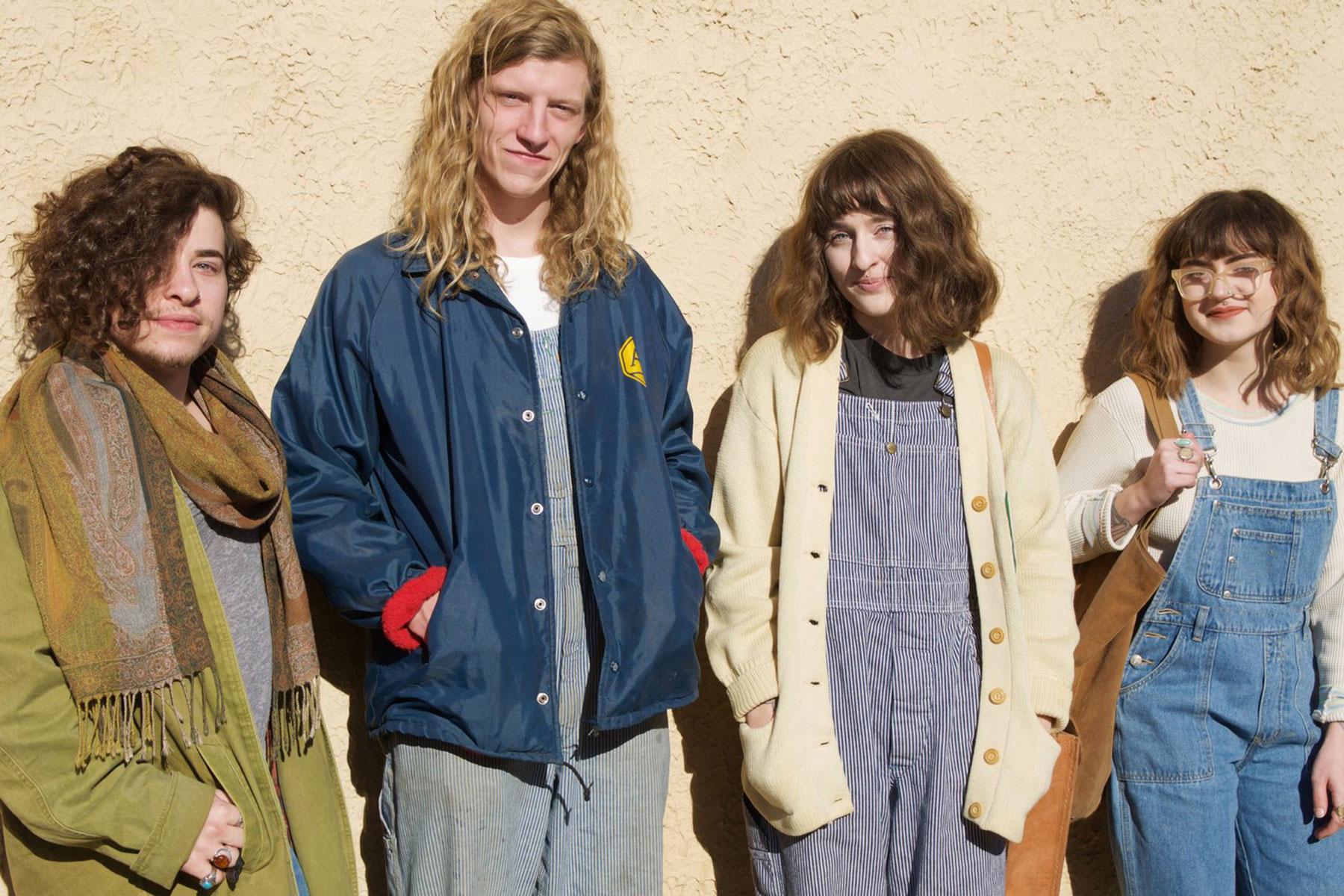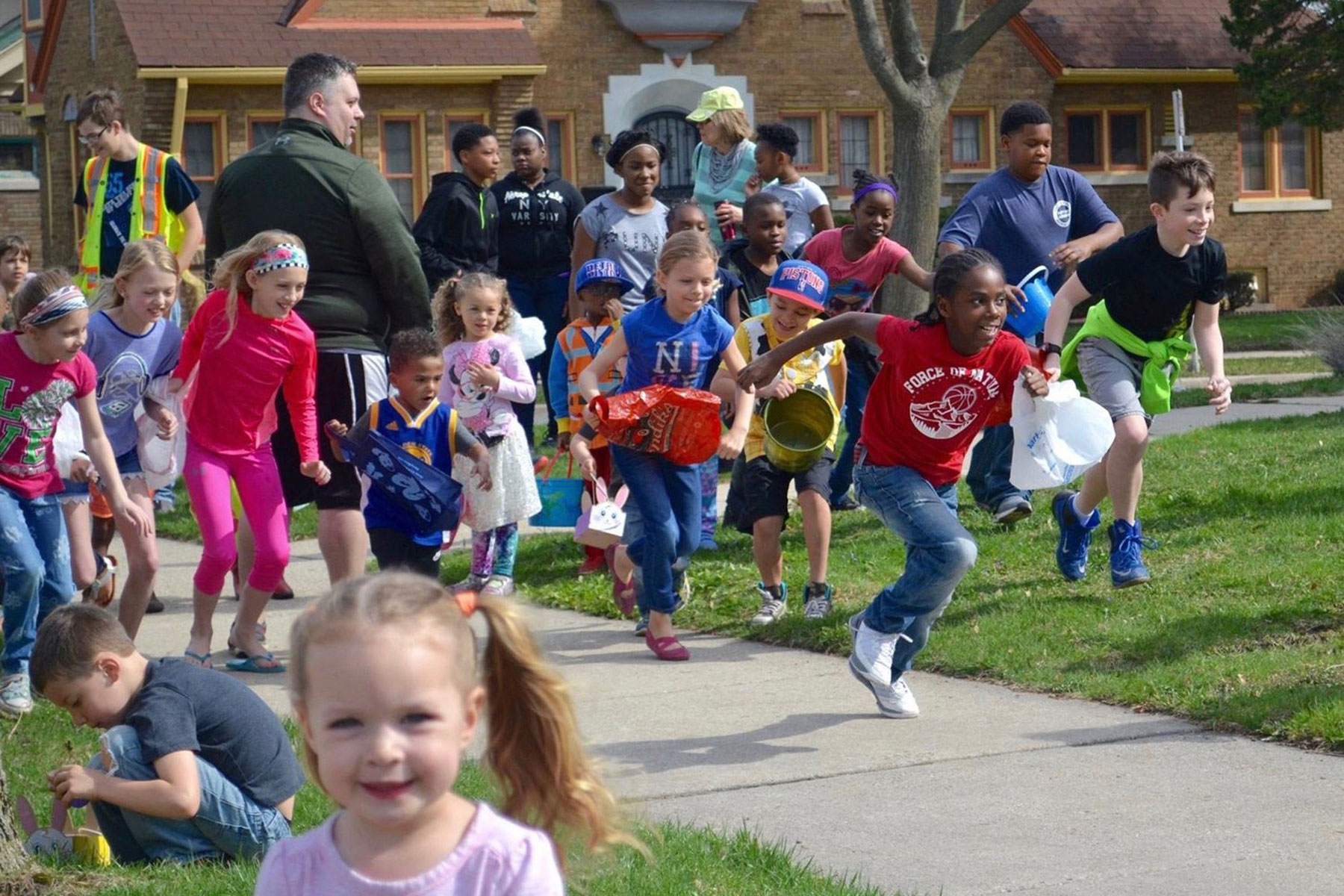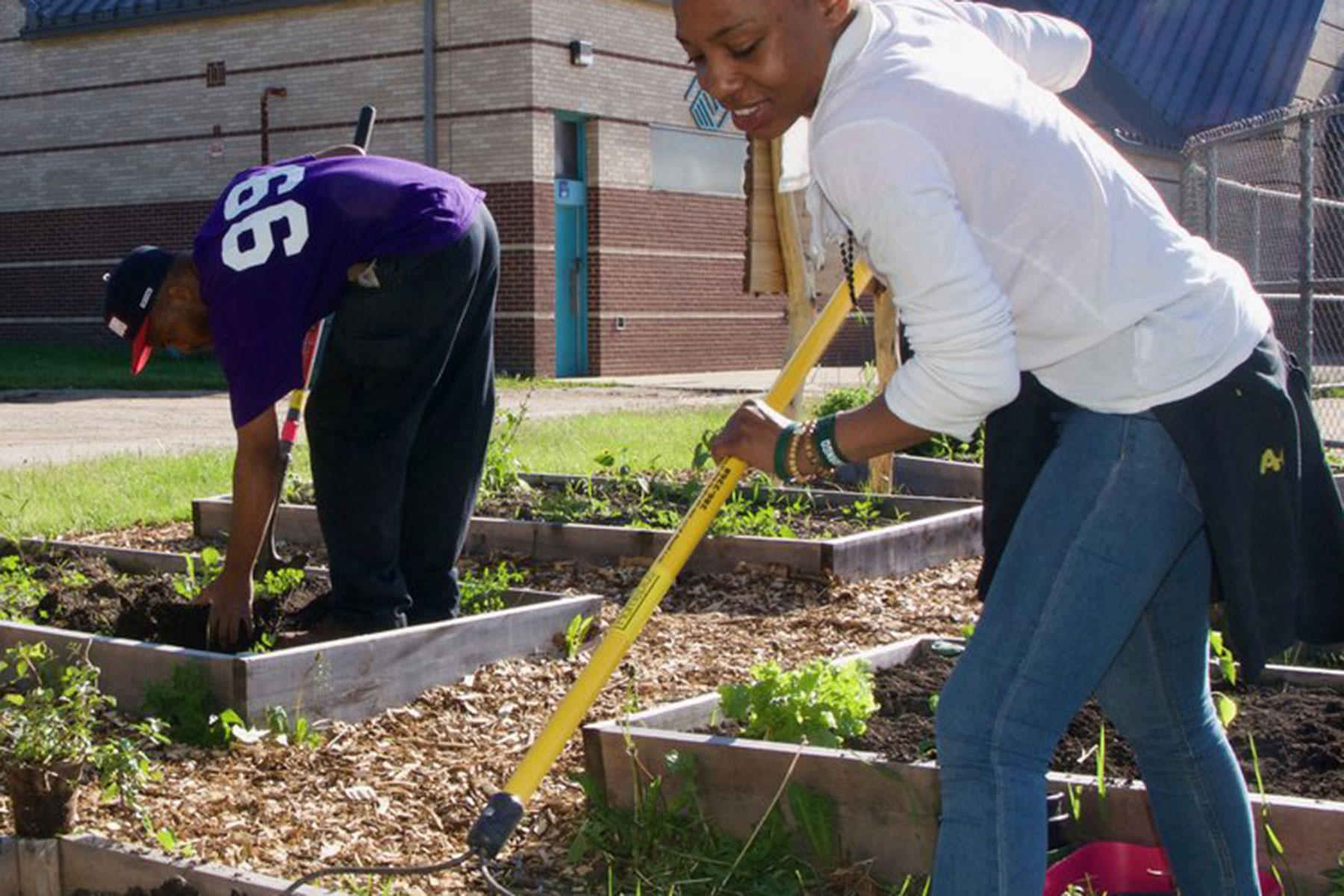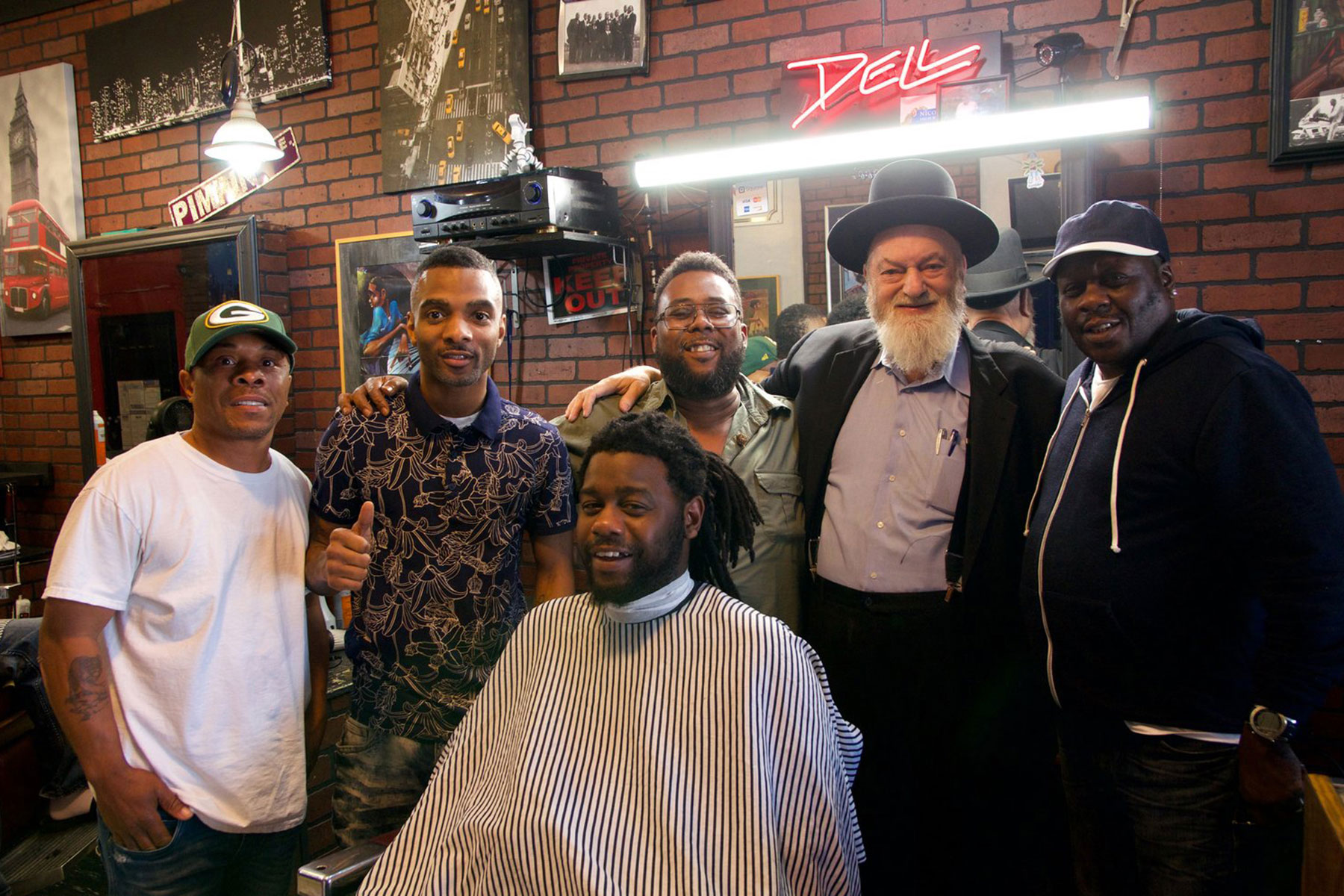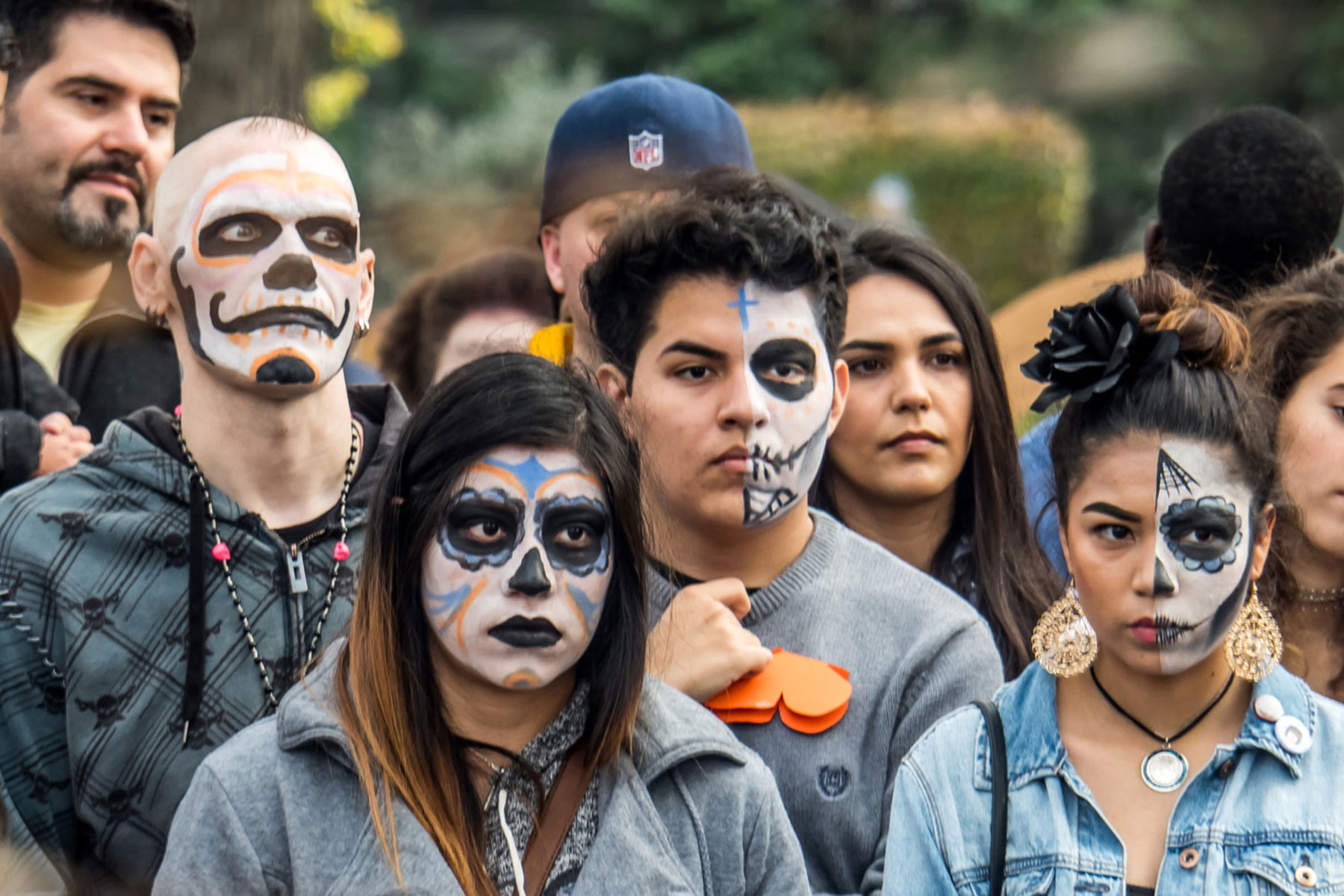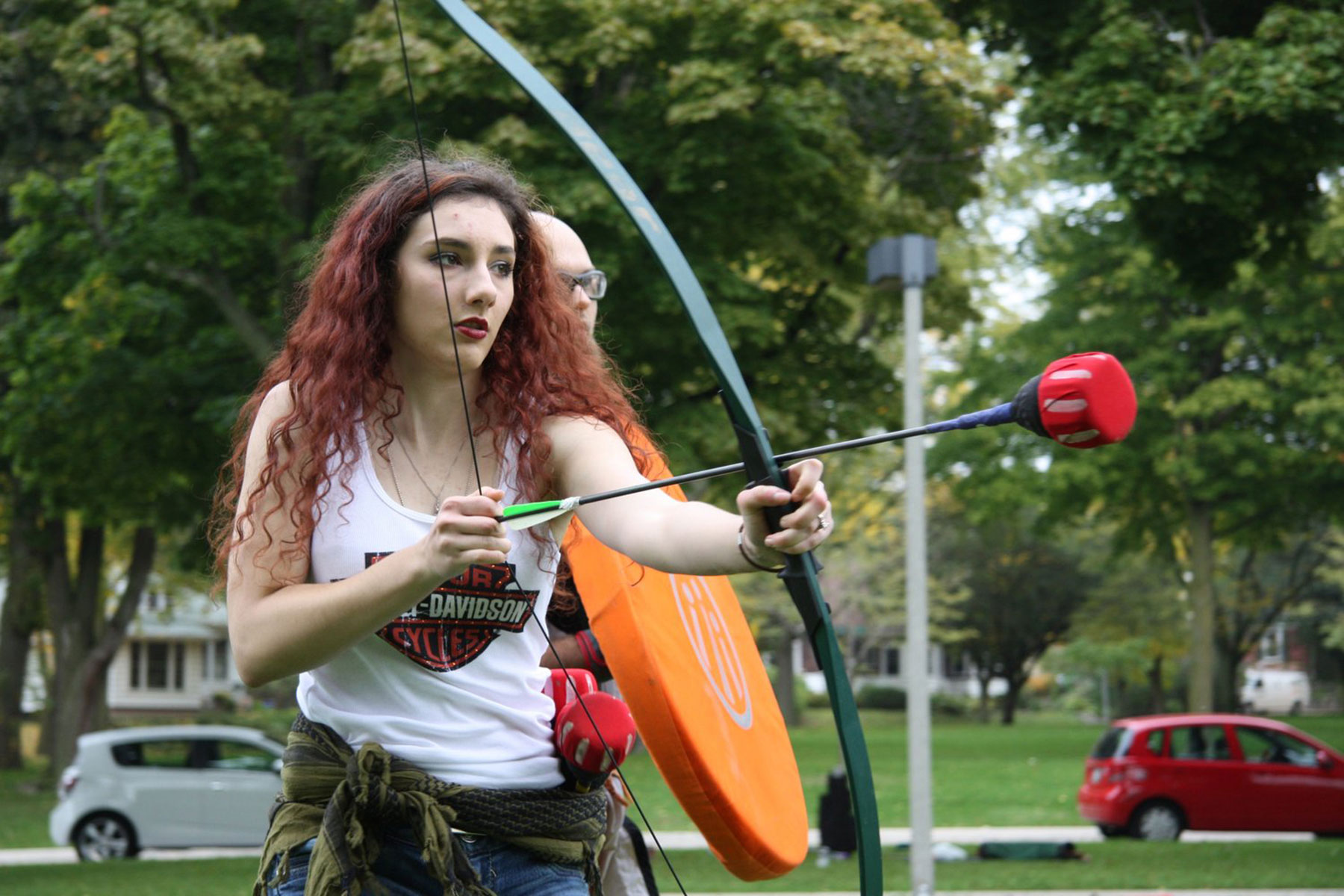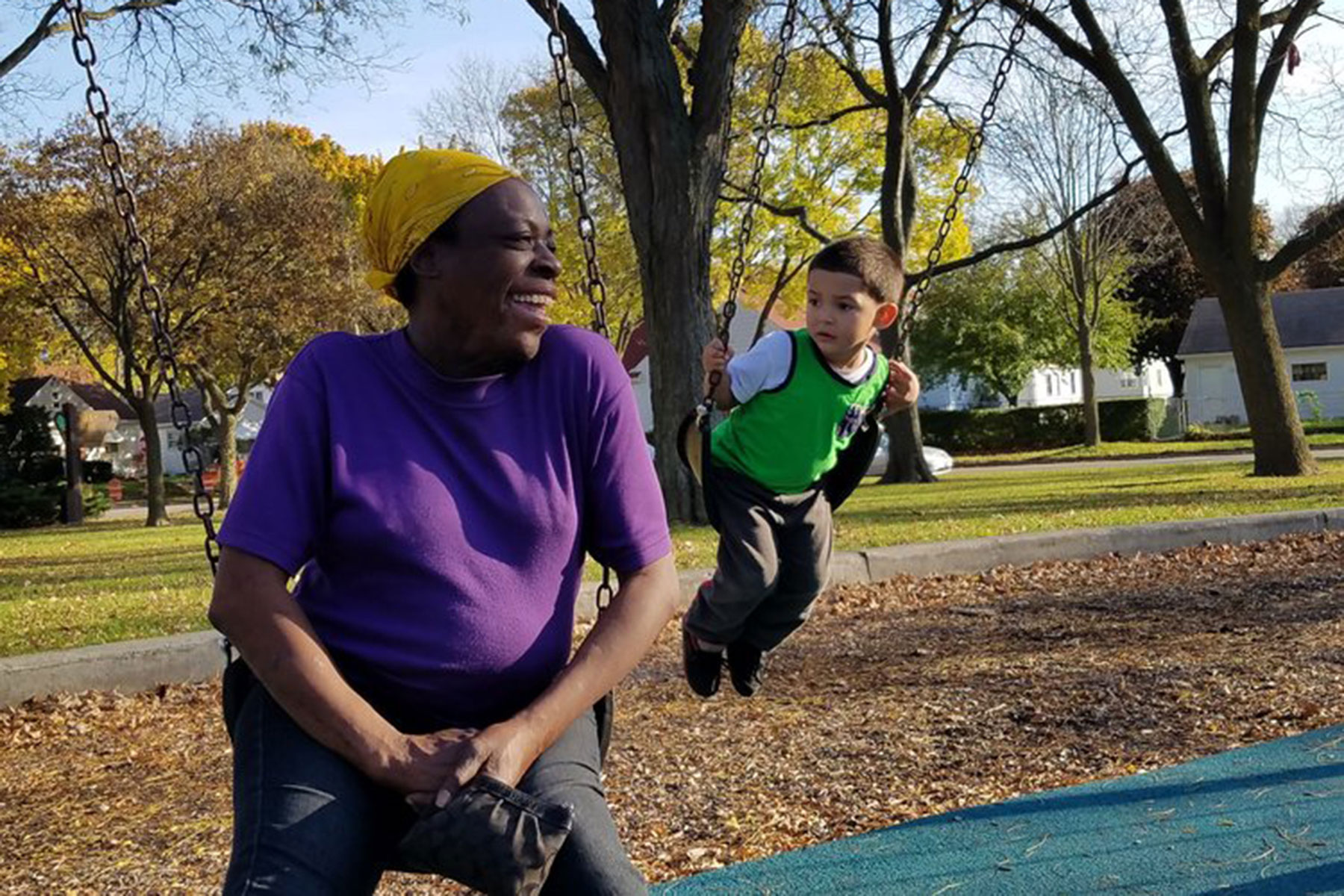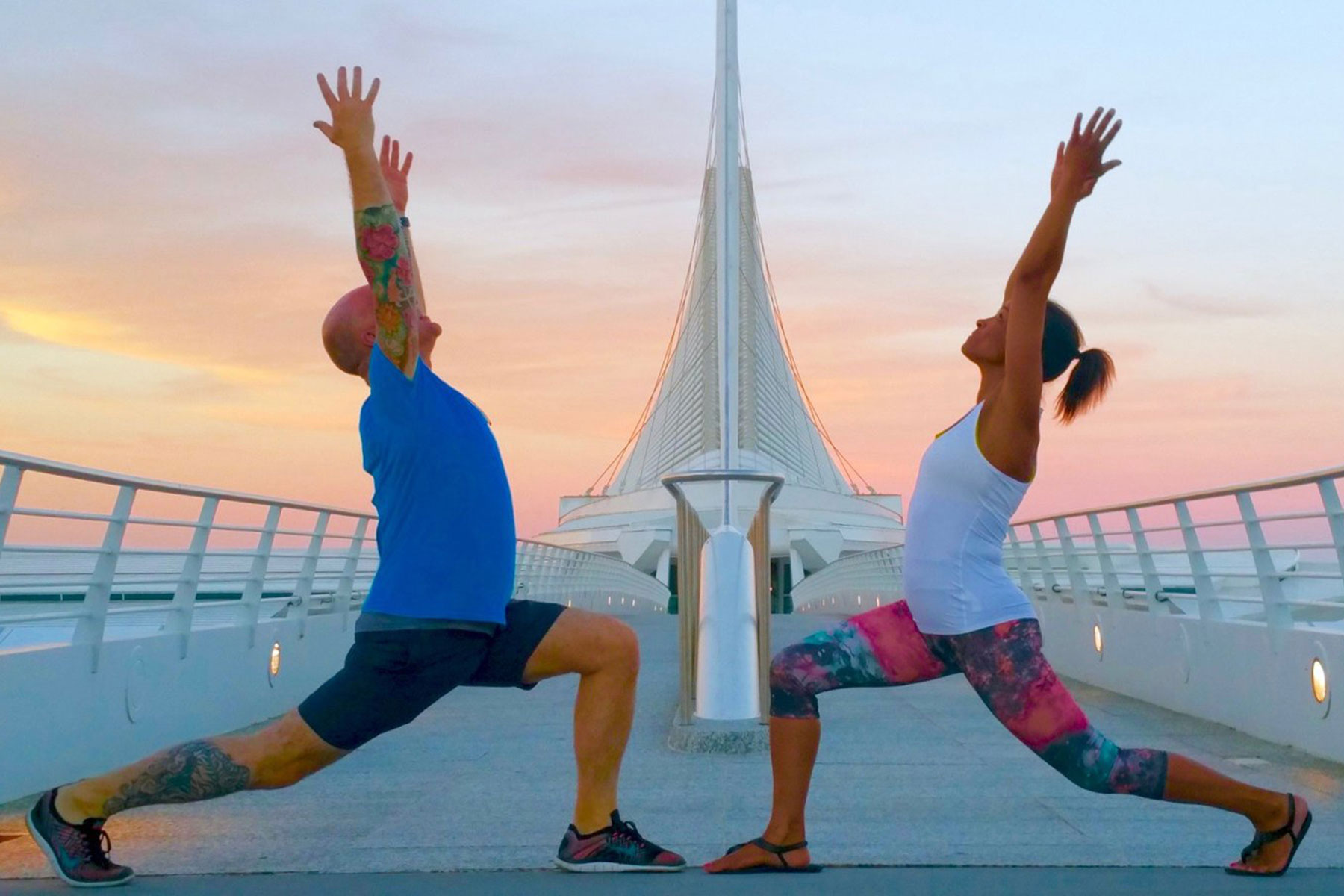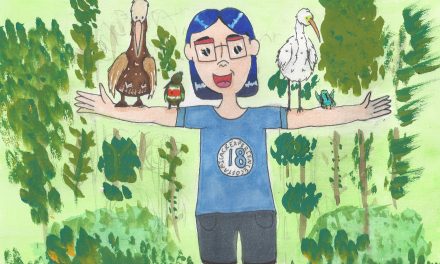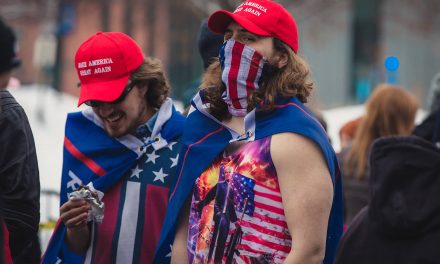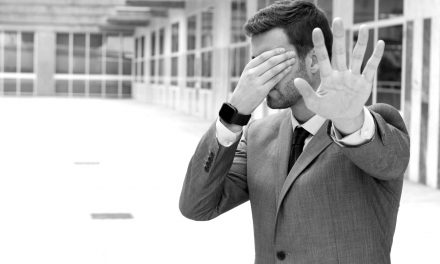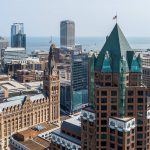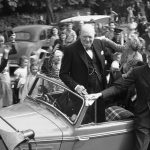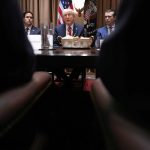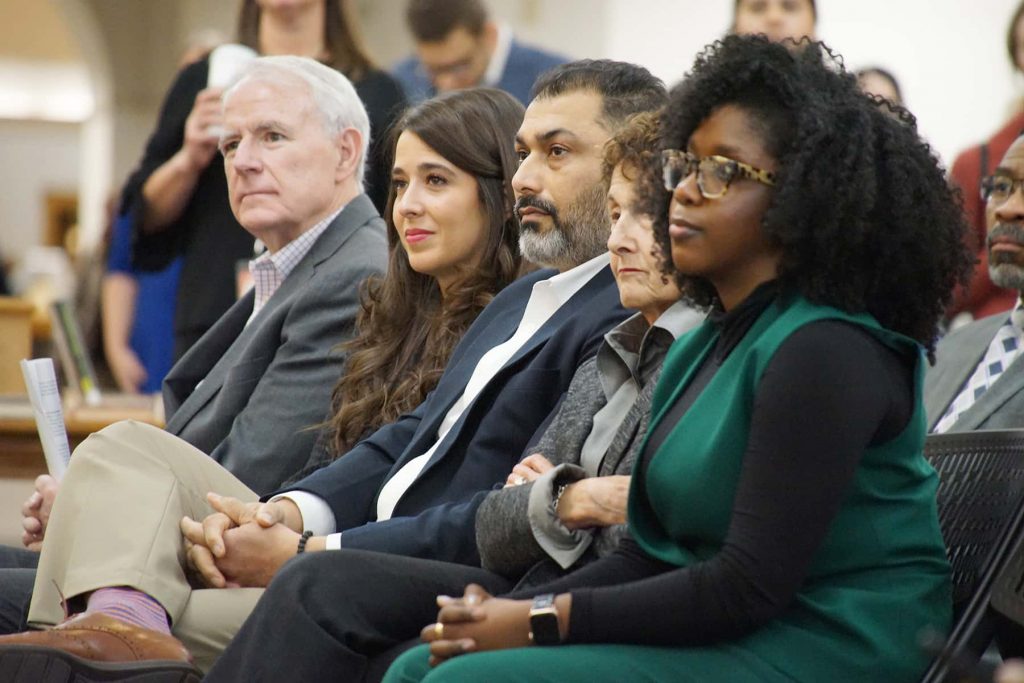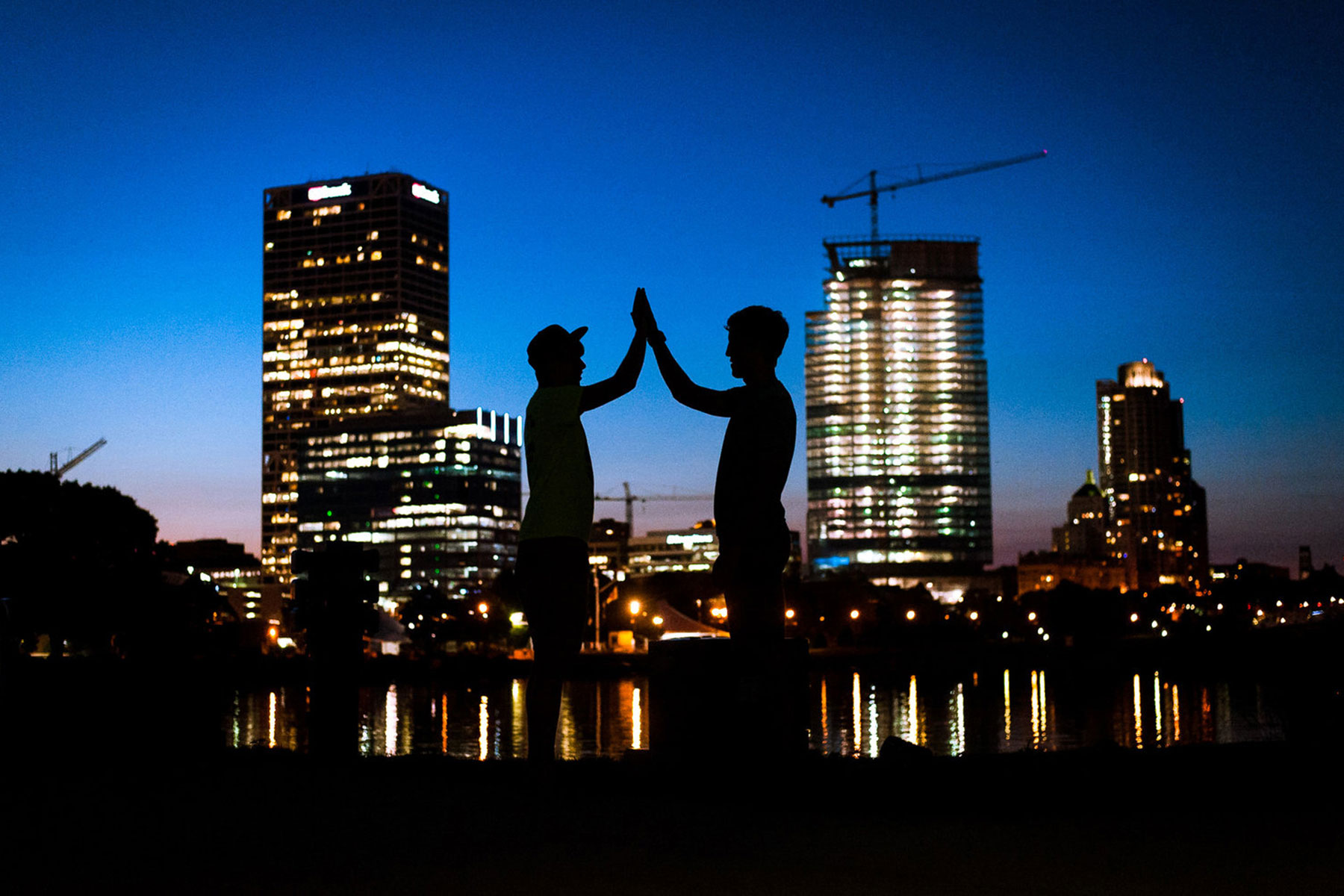
I used to tell my English students that metaphor was the most important rhetorical device humans had ever created.
Metaphor compares two seemingly dissimilar things in a new way. It’s a big powerful equal sign (that, in itself, was a metaphor). But metaphor is so much more than poetry to be appreciated or studied in a class–“All the world’s a stage,” “Shall I compare thee to a summer’s day,” “wine-dark sea” or “I know how the caged bird sings”–though these are certainly timeless and lovely parallels.
Without metaphor, I would insist, there would have been no Hammurabi’s Code or Magna Carta, no Jesus or Buddha, no French Revolution or abolitionist movement, no Pan-African Congress or Universal Declaration of Human Rights, no workers’ strikes or United Farm Workers, no feminist movement or Amnesty International, no anti-apartheid or Tiananmen Square, no fall of the Berlin Wall or Doctors Without Borders. Without metaphor, or at least its relative, simile, black could not be equal or similar to white, woman could not be equal or similar to man, worker would not equal owner, prisoners would lose their humanity and the poor would lose the kingdom of God. We would never be able to insist on equality and equity.
This is not to ignore humans’ historical use of metaphor as part of oppressive rhetoric (e.g., Hitler comparing Jews to rats). However, without metaphor, the black girl in my class would also not be able to drink at the same water fountain as the white girl, the son of Mexican immigrants wouldn’t be able to sit next to the grandson of Irish immigrants and I would have been doomed to stand at the “front” of the classroom and lecture to my students as an “expert” instead of sitting among them as an equal: a fellow explorer of the literature, navigating through a novel with my own limited background, my own questions, my own difficulties and surprises.
Metaphors are a kind of story. They tell the story of two dissimilar things and make them one. When my students and I would explore Nigerian author Chinua Achebe’s Things Fall Apart, then, I would emphasize to them Achebe’s sentiment: “If you don’t like someone’s story, write your own.” One could rephrase that to read: “If you don’t like someone’s metaphor, create your own.”
We created ZIP MKE out of a desire to create more (and better) metaphors in Milwaukee. The “ZIP” in our name refers, of course, to the twenty-eight ZIP Codes (or Zone Improvement Plans) in Milwaukee, metaphoric labels that denote, for instance, the area between Capitol Drive and North Avenue, 27th Street and I-43, as “53206.” 53206 itself has become, as of late, a metaphor in itself for “the inner city” (which at times has been called “the inner core”) or “the place with the most poverty, violence and male incarceration,” all designations which ignore the humanity living within those artificial geographic boundaries. As another Nigerian author, Chimamanda Ngozi Adichie, says in her powerful TED Talk “The Danger of a Single Story,” the way to “create a single story” is to “show a people as one thing, as only one thing, over and over again, and that is what they become.”
ZIP MKE wanted to transcend limiting boundaries and distinctions by imaging, re-imaging and re-imagining the city through photographs. Early on, a friend of mine noted other possible connotations of the word “zip”: to bring together, to unite; to open (as in the opening of minds, hearts, and borders); and to add zest, interest or life (as in enjoying the communities in which we live). And so we set out to depict ZIP Codes like 53206 with photos like the first one and not the second:
That photo of Union Cemetery was one of the first ones I took in 53206. Soon after, I realized – to my horror – that I had overlooked the fact that I was playing into the same metaphorization that I was trying to avoid: the parallelism between 53206 and death. Yes, it was a beautiful, sunny day and I liked the shot, but I would soon discover so much more life in 53206. In fact, ZIP MKE will be exhibiting at Coffee Makes You Black just five blocks south of the cemetery during the first couple weeks of March.
The original impetus for creating ZIP MKE was ex-Milwaukee police officer Dominique Heaggan-Brown’s shooting of Sylville Smith on August 13, 2016, and the violent unrest that followed, as well as the language I heard people using when debating about the events that unfolded, especially on social media: divisive metaphors like “inner city,” “hood,” “animals,” “those people,” “those f–ks.” What can I do, I wondered, what can we do, to bridge these dangerous mental gaps that allow us to talk about each other without really knowing each other? My answer was that we needed to change our perspective, then change our perception.
The word “perspective” comes from the Latin perspecire, which means “to inspect or look closely at,” and our word “perception” comes from percipere, which means “to seize or understand.” If, then, we change what we see, we can transform how we see. It is only when we zoom in and see each other and the spaces we inhabit more closely that we can begin to zoom out, see the big picture, understand each other and seize the possibilities for change. Conversely, if we change how we see–with an open mind, with empathy–we can transform what we see: people, their spaces and their experiences, not arbitrary and potentially essentializing ZIP Codes. What were people “seeing” in Sherman Park? What weren’t they seeing? What could they see if they looked more closely?
Unfortunately, our use (or misuse) of synecdoche and metonymy, two rhetorical devices related to metaphor, can get us even further from this kind of transformation. Synecdoche makes a part of something representative of the whole (as in calling a car “a set of wheels” or a businessman a “suit”). Consider the false synecdoche that connects the people who were present or participants in the events of August 13 and all of the residents of Sherman Park. Or the false synecdoches that makes certain residents (say, so-called “hipsters”) synonymous with all of Riverwest or Bay View, reducing both real people and real neighborhoods to a hair or clothing style.
Metonymy, on the other hand, connects something associated with the whole with the whole itself (as in “The White House” referring to all the elected and appointed people who live there or “the pen and the sword” for words and force). Through powerful metonymic transference, images of a burning BP gas station or damaged bus stop come to represent all of Sherman Park. And our words metonymize, as when I realized that I was referring to the events of August 13 as “Sherman Park” when I said things like “When Sherman Park happened ….” Or the infamously racist metonymy that haunted the 1967-68 Open Housing Marches that called Milwaukee south of the Menomonee Valley “Poland” because of its Polish residents and north of the valley “Africa” because of its black residents. The 16th Street Bridge was hyperbolized and metaphorized as the “longest bridge in the world” because it connected “Africa” and “Poland.” We have, of course, a long history of racist metonymies (“redskin,” “wetback,” “camel jockey,” “frog,” “mick,” “raghead”) with which to contend. Even, to an innocuous extent, dare I say, “cheesehead.”
Despite our constant abuses of metaphor, synecdoche and metonymy, we know that we have the power to see and create better connections. Speaking of perspective and parts and associated things, Sherman Park resident and Milwaukee Independent’s Community Relations Writer Reggie Jackson responded to the media’s perspective only a few days after Smith was killed. In “Why Sherman Park Media Coverage Was Out of Focus,” he wrote about painting a better picture of Sherman Park, listing parts of the whole that are too often overlooked:
It is a tough place to live in many respects. However, many of us residents in Sherman Park love our neighborhood. We love it because of the stories that were not told this week. We love it because despite the harsh economic conditions and feelings of hopelessness many feel there are other narratives in Sherman Park. These stories are not sensational and do not grab headlines. They tell a different and more upbeat story of Milwaukee and Sherman Park. We are a city of nearly 600,000 people. Thousands live within the borders and surrounding neighborhoods we call Sherman Park.
They have pictures to paint of people who have overcome these obstacles. I can share a few of these with you. We have a young neighbor who is attending college to become a physician. She was an honor student and comes from a two-parent family just a couple houses away from us. We have a young man on our block who works long hours to help pay for his education at a local college. There is a young man I see getting up in the early morning hours to drive to a suburban community to work a twelve hour shift several days a week. We have neighbors who for worked many years and retired from their jobs, but continue to work part-time because they cannot just sit around doing nothing.
Single parents, both male and female who support their children and provide a safe home that values education, live throughout Sherman Park. There are dozens of entrepreneurs who own small businesses in the neighborhood. These men and women provide employment for residents in the community. Residents of Sherman Park will tell you a myriad of stories about their everyday experiences. These are the stories we want people to hear about our neighborhood.
ZIP MKE is trying to depict some of these Sherman Park stories through photographs – despite the neighborhood’s struggles.
And not only Sherman Park stories but the faces, places and experiences in the other twenty-seven ZIP Codes in the city.
What I’ve discovered in doing my own photography in these areas is that while the faces, places and experiences of residents are certainly diverse and unique, and while there is something good about celebrating one’s own neighbors and neighborhood, the more we consider this closing metaphor, at least philosophically, the more we will be able to live, work, play and change together:
53202 = 53203 = 53204 = 53205 = 53206 = 53207 = 53208 = 53209 = 53210 = 53211 = 53212 = 53213 = 53214 = 53215 = 53216 = 53218 = 53219 = 53220 = 53221 = 53222 = 53223 = 53224 = 53225 = 53226 = 53227 = 53228 = 53233 = 53295
© Photo
Austin Anderson, Nick Hansen, Dominic Inouye, Laura Marshall, Kristine Hinrichs

